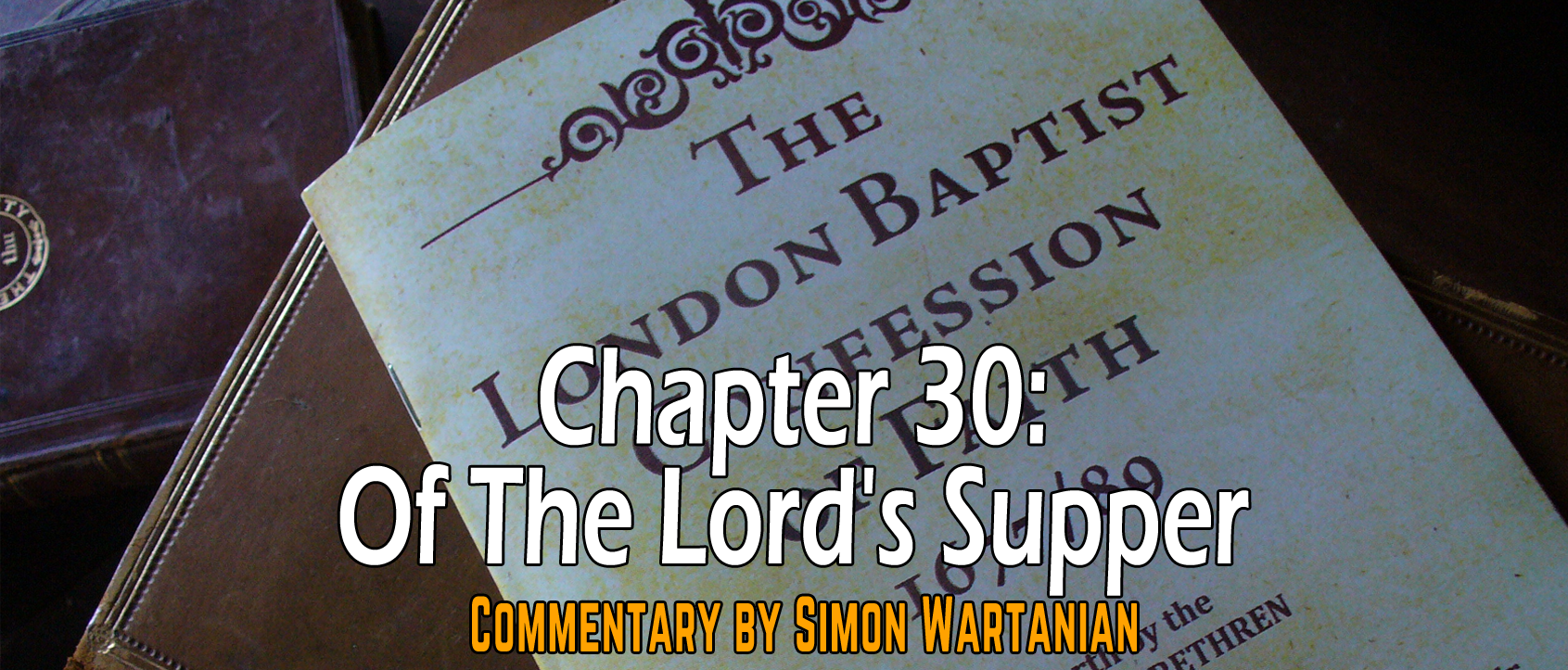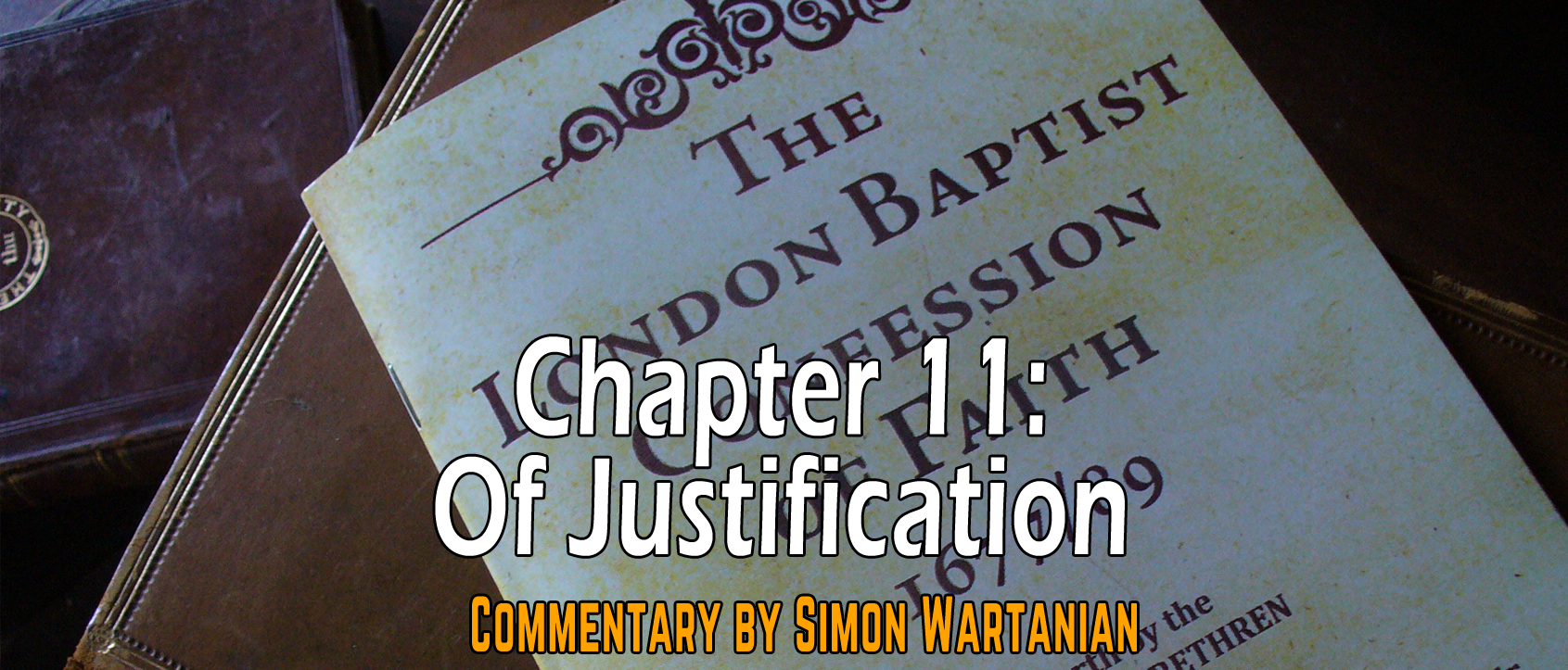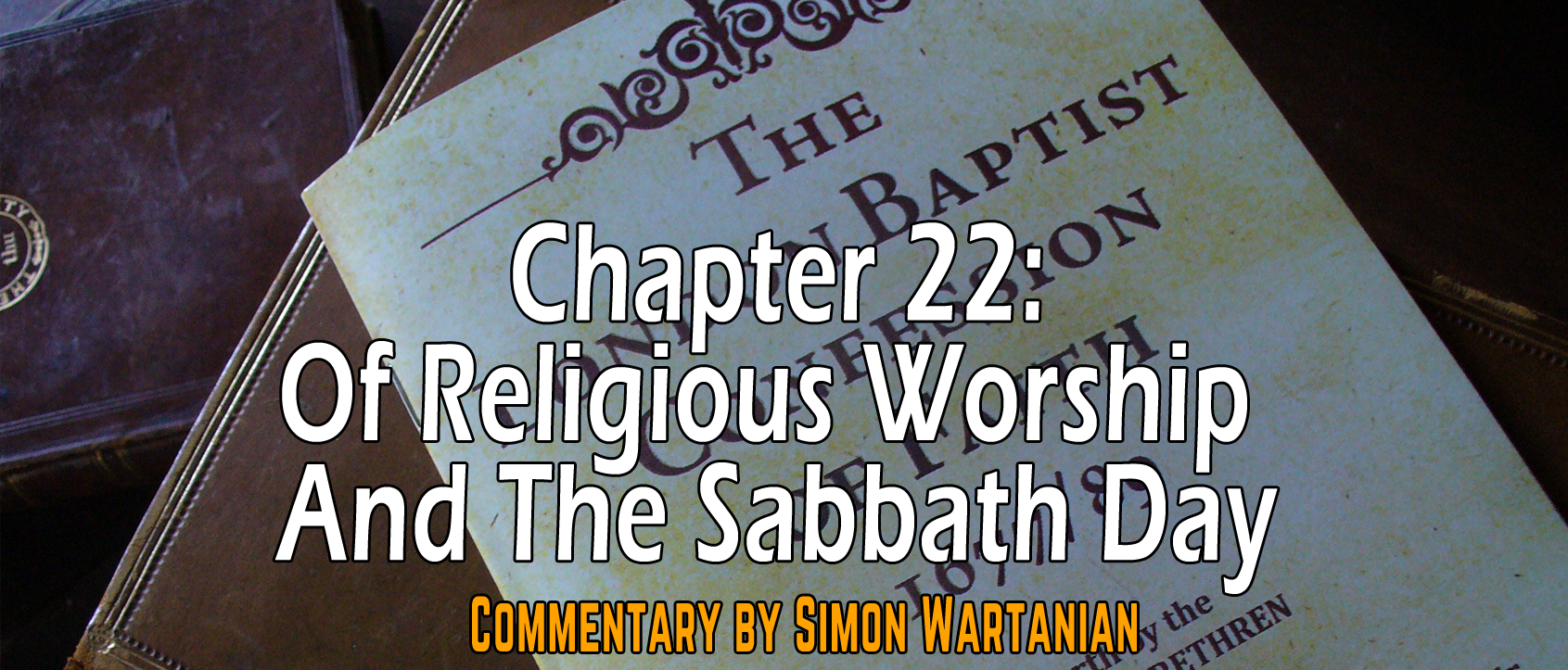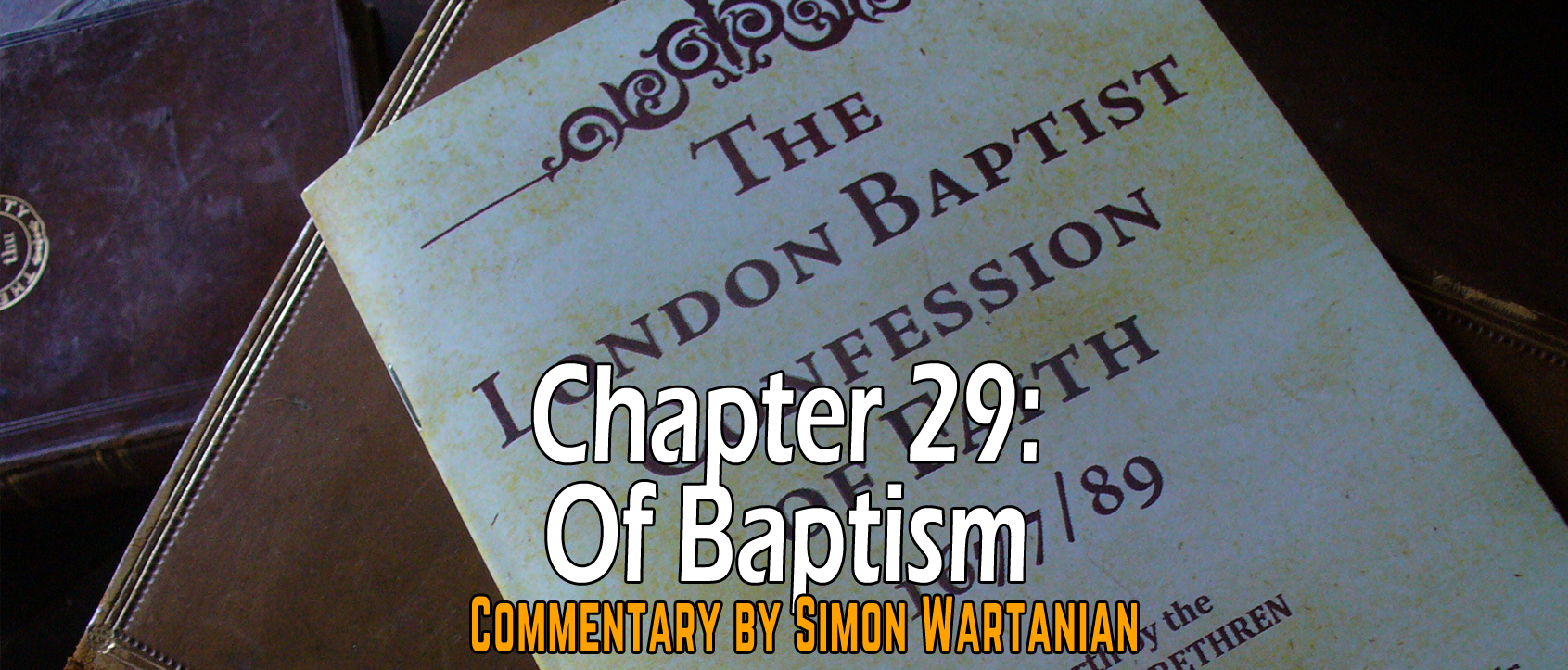Therefore, if their doctrine of the Mass and the Eucharist (as they most often call it) is proven wrong, their whole religion and worship are proven wrong. The Eucharist is the center of Roman Catholic worship, therefore, if someone wants to refute Roman Catholicism, it is necessary for them to deal with this sacrament as Roman Catholics understand it. Roman Catholics understand that the Eucharist is not only a memorial, but it is actually an unbloody sacrifice. They believe that the bread and wine become Christ’s body and blood when the priest speaks the words “this is my body” (Latin: Hoc est corpus meum). Although the bread still tastes like bread and the wine tastes like wine, yet in actuality, there is a change in the substance of the bread and wine. Thus, the doctrine of Transubstantiation (see paragraph 6 below), which means the change of the substance from one to another. The Catechism of the Catholic Church says:
By the consecration the transubstantiation of the bread and wine into the Body and Blood of Christ is brought about. Under the consecrated species of bread and wine Christ himself, living and glorious, is present in a true, real, and substantial manner: his Body and his Blood, with his soul and his divinity (cf. Council of Trent: DS 1640; 1651).[6]
At the heart of the Eucharistic celebration are the bread and wine that, by the words of Christ and the invocation of the Holy Spirit, become Christ’s Body and Blood. Faithful to the Lord’s command the Church continues to do, in his memory and until his glorious return, what he did on the eve of his Passion: “He took bread....” “He took the cup filled with wine....” the signs of bread and wine become, in a way surpassing understanding, the Body and Blood of Christ; they continue also to signify the goodness of creation. Thus in the Offertory we give thanks to the Creator for bread and wine, fruit of the “work of human hands,” but above all as “fruit of the earth” and “of the vine” - gifts of the Creator. the Church sees in the gesture of the king-priest Melchizedek, who “brought out bread and wine,” a prefiguring of her own offering.[7]
Thus, as the bread and wine change into the substance of Christ’s body, the priest offers the sacrifice of Christ anew, although in an unbloody manner, through which the people receive remission of sins. In other words, this sacrifice of the Mass is propitiatory and is repeated. So, instead of the Lord’s Supper being merely a memorial of that once for all sacrifice, it is actually a propitiatory sacrifice of Christ in an unbloody manner again and again. What is even worse, this propitiatory sacrifice is not only offered on behalf of those living and partaking of the Eucharist but also on behalf of the dead in Purgatory. The Catechism again:
As sacrifice, the Eucharist is also offered in reparation for the sins of the living and the dead and to obtain spiritual or temporal benefits from God.[8]
The sacrifice of Christ and the sacrifice of the Eucharist are one single sacrifice: “The victim is one and the same: the same now offers through the ministry of priests, who then offered himself on the cross; only the manner of offerin...



